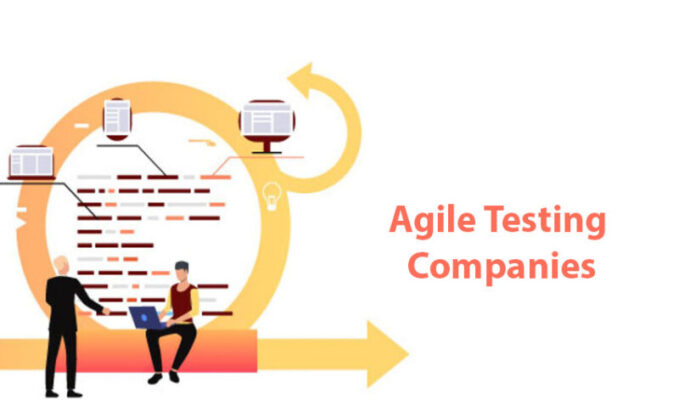In the past decade, software testing companies (read more) have observed a fierce push to deliver software faster. Test automation has emerged as one of the most important technologies for scaling DevOps, organizations are investing enormous time and effort to build end-to-end software delivery pipelines and containers and their ecosystem holds on to their early promise. The combination of delivery pipelines has helped high performers to deliver software faster than ever. Having said that, many organizations are still struggling to balance speed and quality. Most of them are stuck trying to make their way forward with legacy software, large test suites, etc. So how do organizations move further? End users have also become software testers in order to ensure faster releases. But they do not want to be testers and organizations are aware of this. Firms want to ensure that there is no compromise on software quality in reach of speed which is why they invest in modern QA testing tools to stay on the right track.
Quality and access control are preventive controls, whereas others are reactive. We expect an increasing focus on quality in the near future because it prevents customers from having a bad experience using an app. Thus, delivering value faster, or delivering the right value at the right quality level is the key trend that is going to prevail this year. Following are a few trends to watch out for:
Automating Tests
Test automation efforts will continue to accelerate. The number of companies still relying on manual tests in their delivery pipeline is increasing, yet they cannot deliver fast if they have humans in the critical path of the value chain, slowing things down. Automating manual tests is a long process that requires engineering time. Yet many organizations have at least some automation, there is more that needs to be done. This is why automated testing is expected to be one of the top trends.
Data-Driven DevOps
In the past few years, the industry has focused on connecting various tools by building robust delivery pipelines. These tools generate a heavy exhaust of data but this data is being used minimally. Firms have moved to the ‘at-scale’ stage while evolving the QA testing tools in their delivery pipelines. The next phase is to bring smarts to the tooling. This can also be a trend where practitioners will making data-driven decisions.
AI-Test Generation Tools
There are two major problems in testing, one is not enough tests, and the second one is there are too many tests. However, test generation tools take a shot at the first problem. In order to create a UI test today, it is important to write a lot of code or a tester has to click the UI manually, which is a slow and time-consuming process. Test generation tools use AI to create and run UI on various platforms to get rid of this painful process. There are similar tools where AI bots act like humans. They tap buttons, swipe images, and navigate screens to detect issues. Once the issue is detected, they create a ticket in the tool for the developers to take any action on it.
ML and Predictive Test Selection
AI has many other uses for software testing besides test generation. For organizations struggling with the runtime of large suites, there is an emerging technology known as predictive test selection. Many firms have thousands of tests that run all the time. Testing small changes may take hours or even days to get feedback on. While more tests are generally good in terms of quality, which also means that feedback is received more slowly. Firms have developed machine learning algorithms that process the incoming changes and run only the tests that are most likely to fail. This is known as predictive test selection. The most amazing thing about this technology is that it can be run between 10% – 20% of the tests to reach 90% confidence that a full run will not fail. This allows reducing the test suites that took hours to run post-merge, running only the tests relevant to the source changes.
Conclusion
Testing is one of the top DevOps concepts that organizations can leverage to ensure that their customers engage with a better brand experience. Whereas others include access control, activity logging, traceability, and disaster recovery. Research over the past year shows that slow feedback cycles and development productivity is expected to remain amongst the top priority factors in the years to come. Keeping an eye on the latest trends can help teams in achieving their goals more efficiently.
Read Dive is a leading technology blog focusing on different domains like Blockchain, AI, Chatbot, Fintech, Health Tech, Software Development and Testing. For guest blogging, please feel free to contact at readdive@gmail.com.





